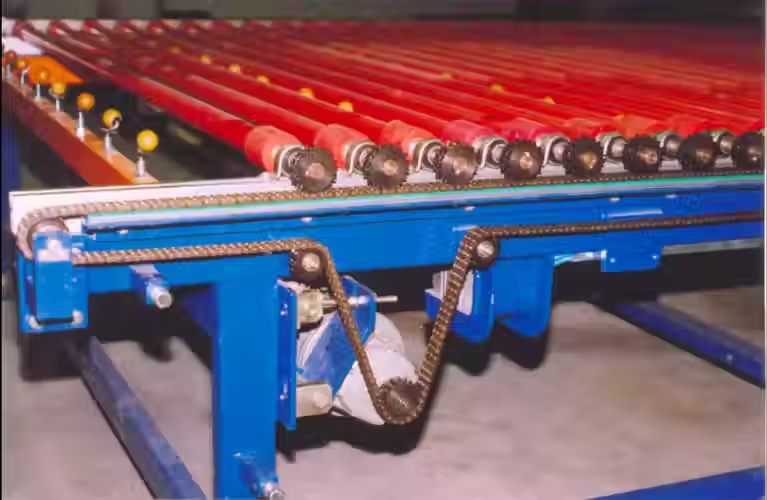Vibratory Parts Feeder
- Jaswanth srinivas
- Oct 19, 2024
- 2 min read
Vibratory Parts Feeder
A vibratory parts feeder is an automated system used to feed and orient components in manufacturing or assembly processes. It plays a crucial role in modern production lines, where it ensures that parts are supplied to machines or workers in the correct orientation and sequence, improving efficiency and reducing manual labor.
Components and Working Mechanism:
At the core of a vibratory feeder system is a bowl feeder, typically circular, that holds and moves parts in a spiral or linear path. The bowl is mounted on a vibrating base, which induces the movement of parts via controlled vibrations. These vibrations are generated by electromagnets or motors and are transferred through the base into the bowl, causing the parts to move in a specific direction.
The movement is designed to guide the parts along the bowl's path and ensure they are properly oriented by the time they reach the exit. If a part is not in the correct orientation, the feeder system usually includes mechanisms that return the part to the bowl for another cycle. The vibration intensity and frequency can be adjusted based on the size, weight, and shape of the parts being handled, ensuring smooth operation.
Advantages:
Efficiency: Vibratory feeders allow for the consistent and automatic feeding of parts, reducing the need for manual intervention and improving production speed.
Customization: They can be tailored to handle a wide variety of parts, from screws and bolts to more intricate components in industries like electronics, pharmaceuticals, automotive, and packaging.
Precision: These feeders are designed to ensure parts are delivered in the correct orientation, reducing the chances of errors during the assembly process.
Applications:
Vibratory feeders are widely used in industries that require precise and rapid handling of small parts. Common applications include:
Automotive: Feeding bolts, fasteners, and connectors for assembly.
Electronics: Supplying small electronic components such as resistors or capacitors.
Pharmaceuticals: Handling small, delicate items like pills or medical devices.
Conclusion:
A vibratory parts feeder is a vital tool for streamlining manufacturing processes, allowing for the efficient, automatic, and precise feeding of parts. It minimizes manual labor, increases production rates, and ensures that parts are correctly oriented, making it an essential piece of equipment in high-volume production environments.




Comments